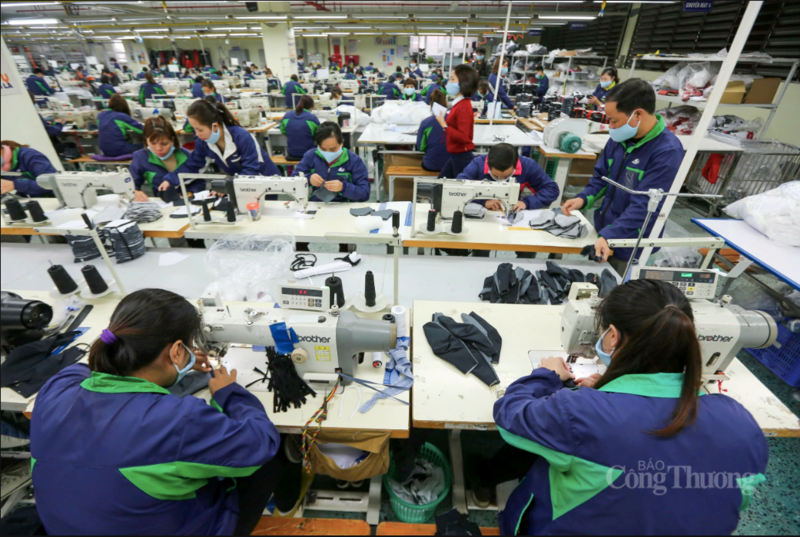
When sustainability is no longer optional for Vietnam’s textile firms
19:05 | 23/03/2025 11:18 | 17/12/2025Trade
Despite notable achievements in industrialization and global integration, the country remains heavily reliant on the foreign direct investment (FDI) sector, with low localization and limited domestic value-added in exports. This reality underscores the urgent need to strengthen strategic industries and supporting industries. To gain deeper insights, the Vietnam Economic News spoke with Dr. Can Van Luc, economist and member of the National Financial and Monetary Policy Advisory Council.

Dr. Can Van Luc shares insights on Vietnam’s industrial development strategy.
The concepts of “strategic industries” and “supporting industries” appeared relatively late in Vietnam compared to regional peers. What are the underlying reasons, and what lessons has Vietnam drawn from this delay?
Can Van Luc: Indeed, these concepts emerged rather late in Vietnam’s policy discourse. The fundamental reason lies in the country’s early development model during the initial years of renovation, which prioritized export-oriented assembly and processing. Vietnam’s comparative advantages at that time, low labor costs, political stability, and a favorable geographic location, helped attract substantial FDI.
However, the process of integration was initially slow and insufficiently selective, leading domestic enterprises to remain in low-value segments of production chains. Meanwhile, FDI enterprises dominated strategic industries such as electronics, mechanical engineering, textiles, and footwear, becoming the main drivers of supply chains. Consequently, awareness and policy formulation regarding supporting and strategic industries developed belatedly, as the domestic manufacturing base was still weak and participation in global value chains remained modest.
From this experience, Vietnam has learned an important lesson: sustainable industrial growth cannot rely solely on FDI. It must be accompanied by the development of domestic enterprises to ensure balance and resilience. The Government has gradually introduced a comprehensive policy framework, from Decision No. 12/2011/QD-TTg to Decree No. 111/2015/ND-CP, and more recently, Decree No. 205/2025/ND-CP to promote supporting industries.
As a result, the number of supporting industry enterprises has increased steadily. Some have successfully integrated into global supply chains, particularly in electronics, automotive, mechanical engineering, and agro-processing. Leading domestic groups such as Viettel, Vingroup, Hoa Phat, and Vinamilk are now playing pivotal roles in advancing Vietnam’s position in global production and service value chains.
Supporting industries are seen as the backbone for enhancing localization and value-added exports. Why has this sector developed more slowly than expected despite years of government promotion?
Can Van Luc: Supporting industries indeed serve as the backbone of industrial development. Yet progress has been slower than desired, largely because localization rates in key sectors remain low.
In 2024, Vietnam’s overall localization rate stood at 36.6%, higher than some peers like Myanmar or Bangladesh, but still far behind China (67.1%), Thailand (58.4%), and India (53.3%). Critical sectors such as electricity and electronics reached only about 27%, mechanical engineering 25 - 30%, and textiles and footwear 45 - 55%. Most raw materials and components are still imported, primarily from China and the Republic of Korea, meaning that domestic producers often handle only simple, low-value parts.
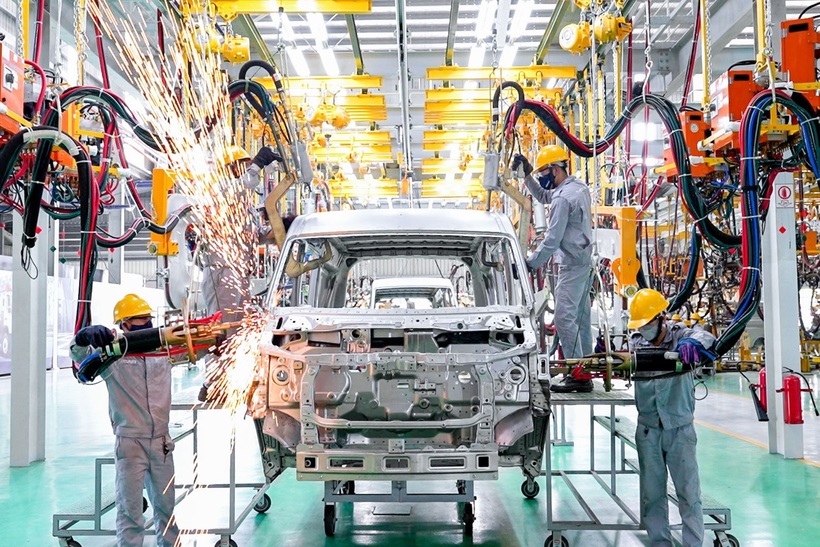
Despite robust export growth, domestic firms retain only a limited share of value, offering little spillover momentum to drive the broader economy forward.
Moreover, the domestic value-added content in exports remains modest. In electronics, which accounts for over one-third of Vietnam’s total export turnover, domestic value-added is merely 26.9%, significantly lower than regional competitors. The textile and footwear sectors hover around 34 - 36%, compared to over 60% in other countries. This indicates that although export volumes are high, domestic enterprises capture only a small share of value, limiting spillover effects across the economy.
Another major challenge is the limited participation of Vietnamese firms in global value chains. The FDI sector still contributes over 70% of total exports and continues to dominate strategic industries. Domestic enterprises are concentrated in low-value sectors, often dependent on resource extraction and lacking technological mastery. High-tech supporting components remain largely in the hands of foreign investors.
Vietnam is developing a comprehensive industrial policy for 2026 - 2030. In your view, what should be the core directions to enhance production capacity and strengthen supporting industries?
Can Van Luc: The upcoming industrial policy should focus squarely on strengthening production capacity, developing supporting industries, and raising localization rates.
First, Vietnam must accelerate institutional reforms and policy synchronization, while promoting a green, technology-driven, and digitally enabled industrial base. This requires modernizing energy and digital infrastructure, expanding renewable energy and small-scale nuclear power, developing smart transmission grids, and building eco-industrial parks and green logistics systems.
Second, it is essential to prioritize strategic industrial clusters, including semiconductors, precision engineering, automotive and electric vehicles, green materials, and high-tech agro-processing. The “Make in Vietnam” initiative should be advanced to move domestic enterprises from mere assembly toward design and manufacturing. Policies should remain transparent, conditional, and tied to commitments on localization rates, technology transfer, and human resource development.
Equally important is to recalibrate FDI attraction strategies, selecting only high-tech, innovative, and environmentally responsible projects with clear linkages to domestic firms. At the same time, greater support must be provided to small and medium-sized enterprises (SMEs) through training, certification, and quality enhancement, enabling them to join FDI-led supply chains and strengthen domestic production networks.
Looking beyond 2030, Vietnam aims to build a low-emission, digitally integrated industrial base, positioning itself as a regional hub for high-tech production and design. This long-term vision will be key to improving productivity, increasing value-added, and enhancing the nation’s global competitiveness.
Thank you for your insights!

19:05 | 23/03/2025 11:18 | 17/12/2025Trade

19:05 | 23/03/2025 11:17 | 17/12/2025Trade
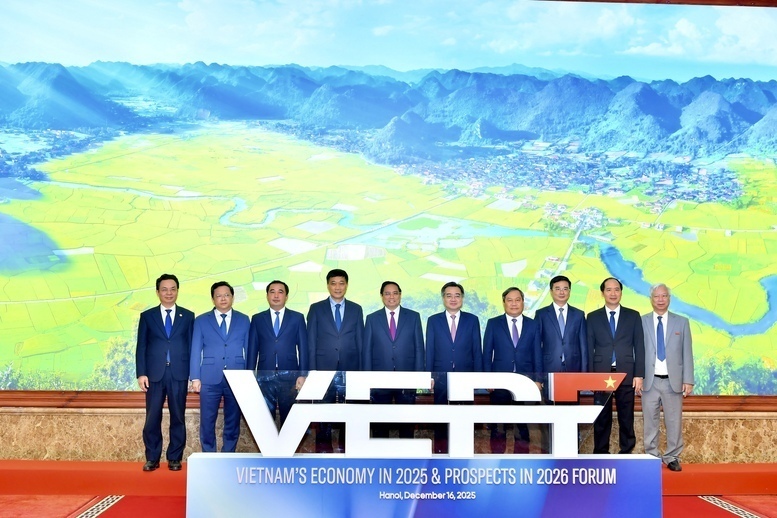
19:05 | 23/03/2025 09:50 | 17/12/2025Trade
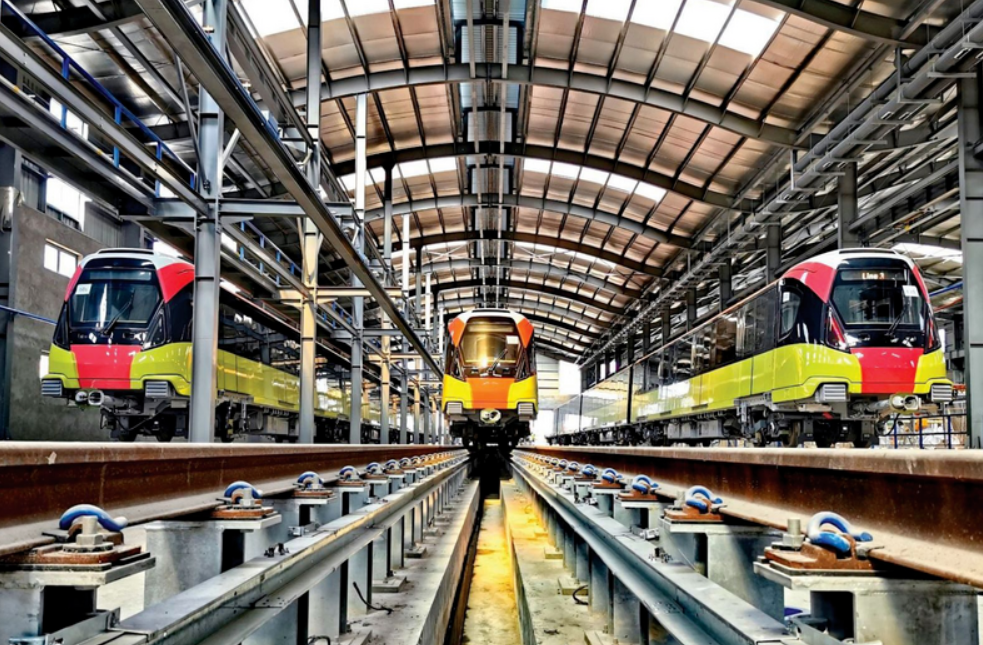
19:05 | 23/03/2025 20:46 | 16/12/2025Industry
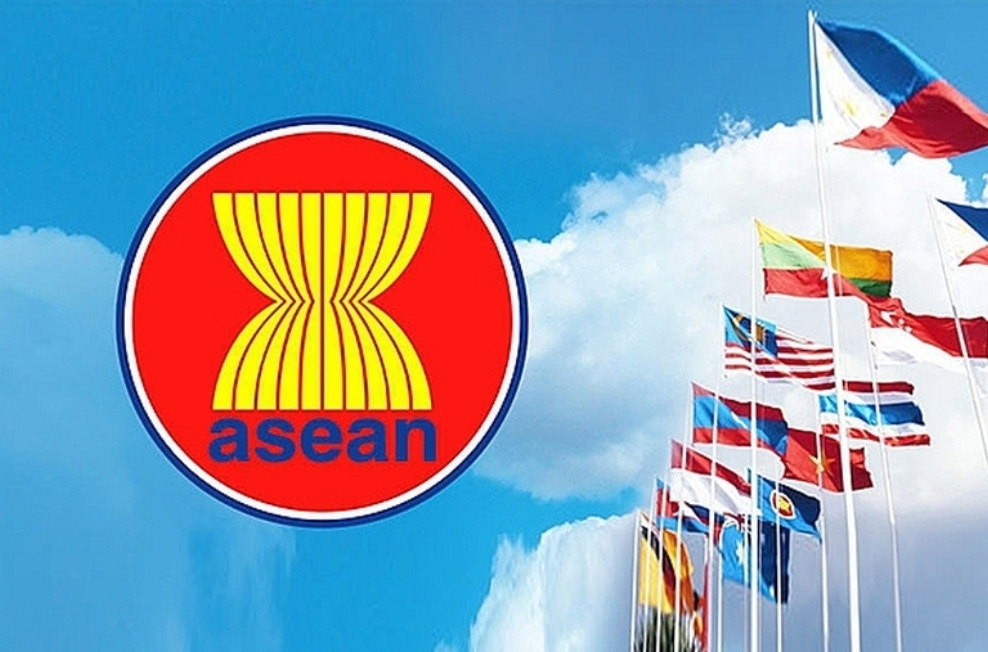
19:05 | 23/03/2025 20:41 | 16/12/2025News and Events